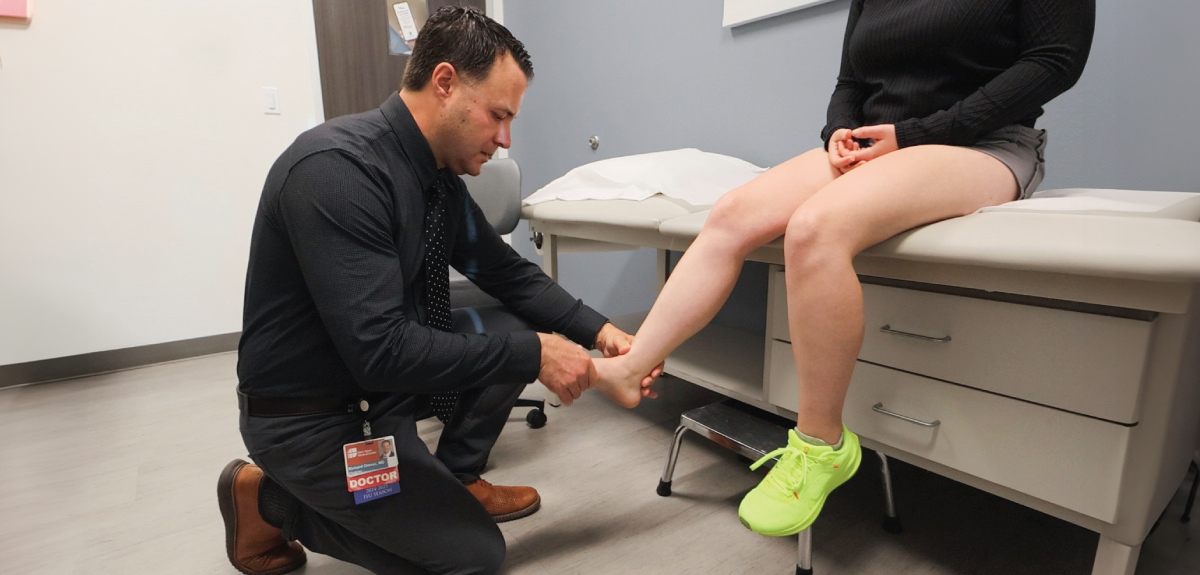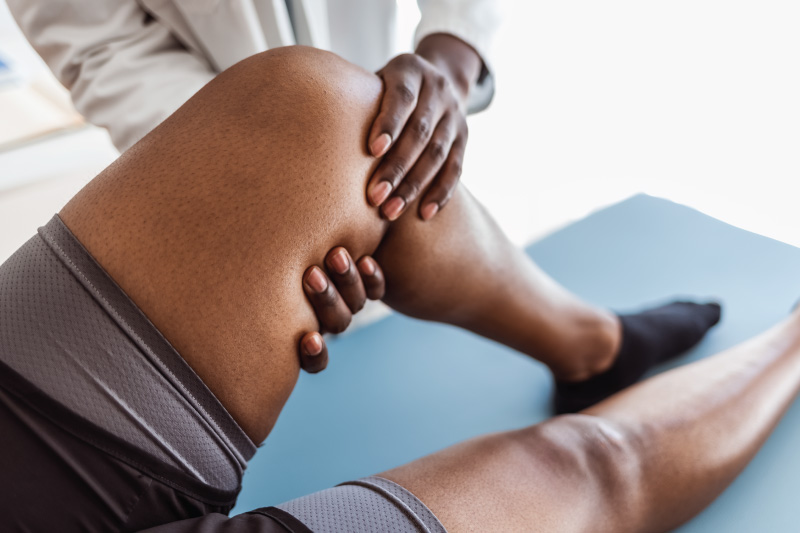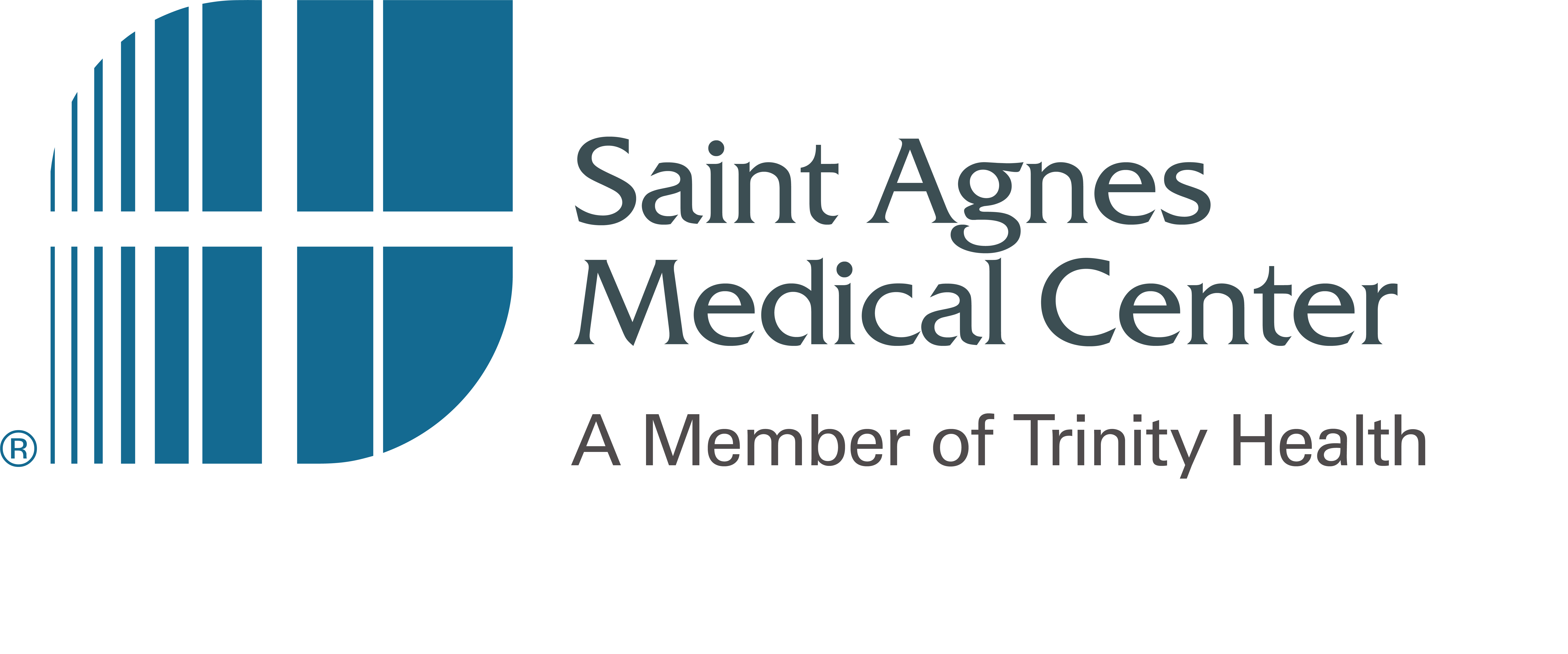Spring into action: reduce the risk of orthopaedic injury
April 23, 2025
With spring here, many are heading outdoors to enjoy the fresh air and get active. Adding daily movement to your routine is great for both your general and orthopaedic health, but without the proper safeguards, you could increase your risk of injury. So, whether you’re a springtime gardener, coaching t-ball or conditioning for an upcoming sports season, learn how you can stay safe and avoid injury this spring:
Warm up before you get active
Before jumping into any physical activity, taking time to warm up your body can reduce your risk of injury. A proper warmup can help:
- Gradually increase your heart rate and reduce the amount of stress on the heart
- Increase body temperature
- Loosen joint lubricants
- Increase flow of blood and oxygen in the body
All of these things help your muscles become more elastic and flexible, making them more prepared to prevent injuries and reduce soreness. The type of warm up you do will depend on your chosen activity, but simple warmups include: jumping jacks, body weighted squats or a short jog.
Wear safety equipment
Wearing proper equipment is necessary to staying safe when participating in outdoor activities or sports. If you’re in a sport, protective equipment like goggles, helmets, mouthpieces, or pads can help keep you safe during the activity.
Even if you’re not playing a sport competitively, it’s still important to wear the right equipment. If you enjoy activities like riding a bike, pickleball, or rollerblading look into the recommended protective gear.
Gradually increase activity
A common reason for injury is increasing your physical activity, intensity or duration too quickly. If you want to be more physical during spring, take things slowly when you start.
If you are trying to get back into the swing of things, pick a small achievable goal and slowly increase it each week. For example, if you're currently walking for 30 minutes daily, try increasing your duration by 5 minutes each week until you reach your goal. This slow increase will help your body adjust slowly and reduce the risk of muscle strains or sprains, stress factors and much more.
Stay hydrated
Dehydration can cause muscles to contract and cramp. Water is also important for keeping fluid in your joints that cushions your bones. Proper hydration will not only keep you from suffering in the heat but also help save you from an unfortunate injury. Keep a reusable water bottle nearby to remind you to drink plenty of water. You can also try incorporating water-rich fruits like watermelon, oranges or cucumbers into your diet.
Cool down
Cooling down after activity doesn’t directly reduce your risk of injury, but it has tons of benefits that can keep you active in general. Cooling down is when you do a light activity right after a strenuous activity. For example, doing a light walk after a difficult hike can help your heart rate and blood pressure decrease slowly, reducing your risk of fainting from exhaustion or overexertion. Incorporating stretching into your cool down routine can also help increase flexibility and motion.
Expert care when you need it most
Even with the best planning and protective equipment, accidents happen. Should you suffer a muscle strain, fracture or sprain, don’t spend days or weeks waiting to be seen by an orthopaedic specialist.
Saint Agnes’ team of sports medicine and orthopaedic providers know the importance of fast, high-quality treatment when it comes to orthopaedic injuries. That’s why we’re proud to offer Ortho On Demand – a walk-in orthopaedic clinic for everyone six years and up. There’s no appointment necessary, and in most cases, no referral required.
Get the treatment you need – including on-site X-rays, casting and physical therapy prescriptions – the same day as your injury so you can get back to the activities you love faster.

Less waiting, more healing
It's bad enough to suffer an unexpected injury, but waiting to see a specialist can be worse. Next time an injury strikes, save your spot in line at Ortho On Demand, our walk-in orthopaedic clinic.
Learn more